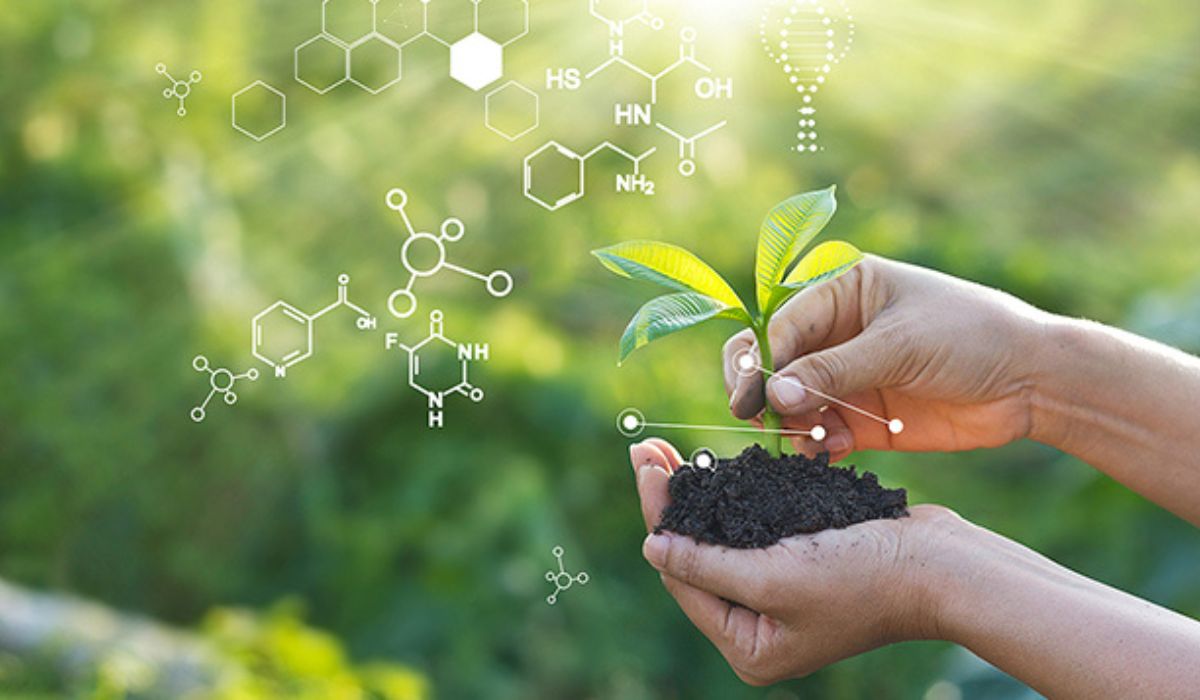Introduction
There has never been a time when the need for safe, effective alternatives to traditional pesticides has been higher. Effective pest control with minimal environmental impact is now possible using biopesticides. For long-term pest management strategies to be implemented that protect crop yields and ecological balance, unlocking the potential of biopesticides is essential.
The Rise of Biopesticides
There has been a lot of interest in biopesticide in recent years. These pest controls are made from things like plants, bacteria, fungi, and minerals. Biopesticides are preferable to synthetic pesticides since they are safer for people, bees, and other beneficial insects, as well as the environment. They eliminate the need for harmful, all-purpose pesticides by focusing on specific pests. There is less chance of contamination and resistance development because biopesticides typically have a shorter persistence in the environment.
Types of Biopesticides
There are three primary types of biopesticides, including those that target microorganisms, PIPs that are absorbed into plants, and biochemical pesticides. Microorganisms like bacteria, fungus, viruses, and protozoa are the active ingredients in microbial pesticides. Plants engineered to produce their own pesticides (PIPs) are genetically modified crops that express toxins from the Bacillus thuringiensis (Bt) bacteria. Natural compounds like pheromones, oils, and plant extracts are the building blocks of biochemical insecticides.
Advantages of Biopesticides
Environmental Friendliness
Biopesticides are safe for the environment because they are non-toxic to beneficial creatures and decompose quickly. They’re a greener option than traditional pesticides, helping to cut down on chemical pollution and protect species variety.
Residue Management
Low residue biopesticides are ideal for meeting severe food safety rules. For agricultural export-based economies, this benefit is important.
Resistance Management
Insects and other pests can get immune to chemical insecticides over time. Pests are less likely to build resistance to several, diverse chemicals, therefore biopesticides with different modes of action can assist manage resistance development.
Integrated Pest Management (IPM)
Sustainable and long-term pest control is the goal of integrated pest management (IPM) programmes, which incorporate biopesticides as one of several tools. Farmers can reduce their reliance on synthetic chemicals, encourage the use of natural pest control mechanisms, and lessen the likelihood of resistance by implementing IPM programmes that include biopesticides.
Challenges and the Path Forward
There are a number of obstacles that prevent biopesticide from being widely used, despite their potential. They are less effective against some pests, have a shorter shelf life, and cost more to produce than traditional insecticides. Research and development activities should centre on increasing the efficacy, improving formulations, and optimising production methods of biopesticide in order to realise their full potential. Promoting knowledge sharing, streamlining regulatory frameworks, and providing financial assistance for biopesticide development all require cooperation between scientists, policymakers, and farmers.
Challenges and the Path Forward
Despite biopesticide’ promising future, a number of obstacles prevent them from being used routinely. These disadvantages include lower efficacy than traditional insecticides against some pests, a shorter shelf life, and greater production costs. More research and development is needed to increase biopesticide’ efficacy, boost their formulation stability, and optimise production procedures so that they can be used to their full potential. Innovation, regulatory frameworks, and support for the development and application of biopesticide can only be driven by the cooperation of researchers, industry stakeholders, policymakers, and farmers.
Conclusion
Using biopesticides is a long-term, eco-friendly solution to pest problems in farming. Biopesticide offer efficient pest management with reduced environmental impact and safety risks to humans and wildlife. More money needs to be put into research and development, and more people need to work together, if biopesticide are ever going to reach their full potential. Promoting sustainable agriculture practises, protecting crop productivity, and safeguarding the environment for future generations can all be accomplished by incorporating biopesticides as part of integrated pest control techniques.











